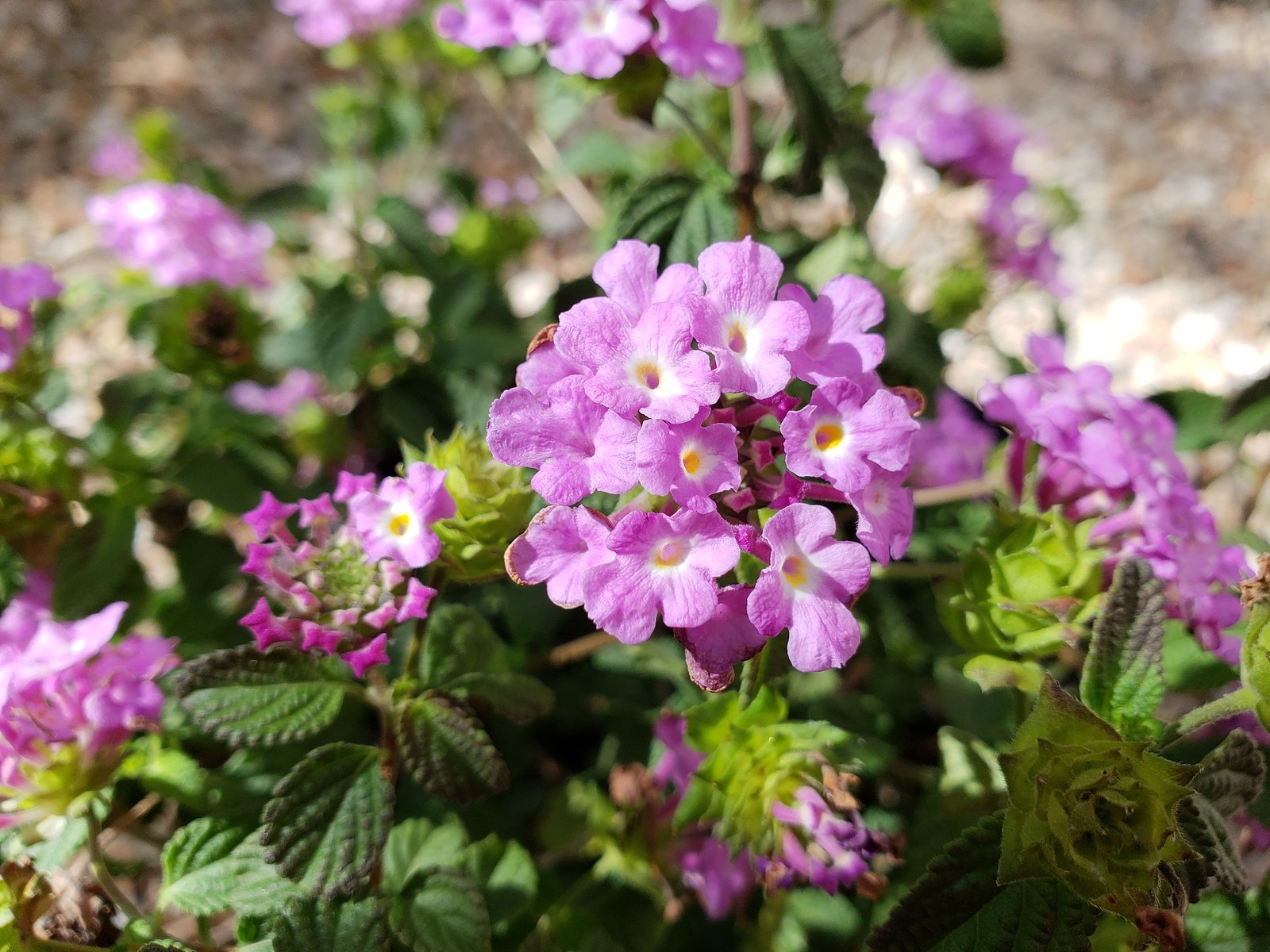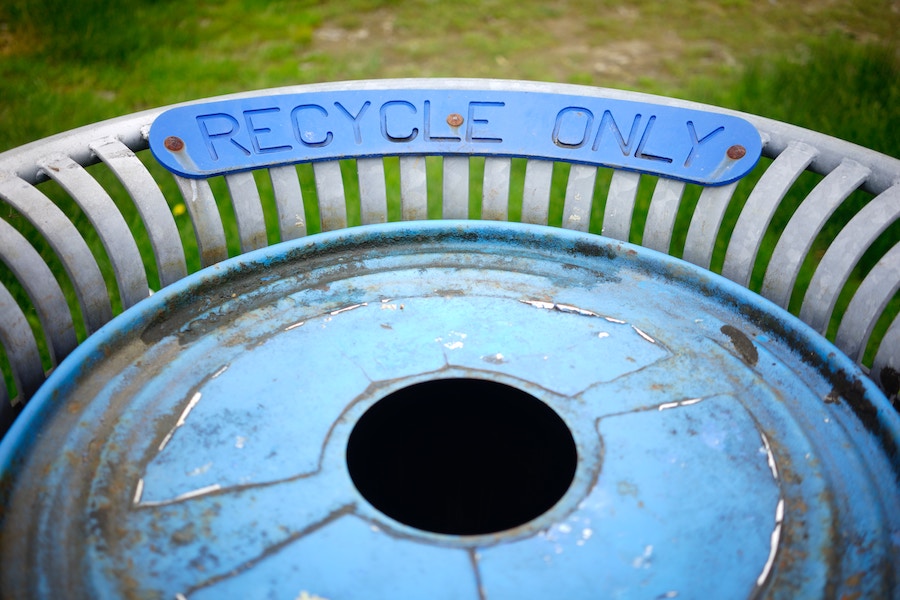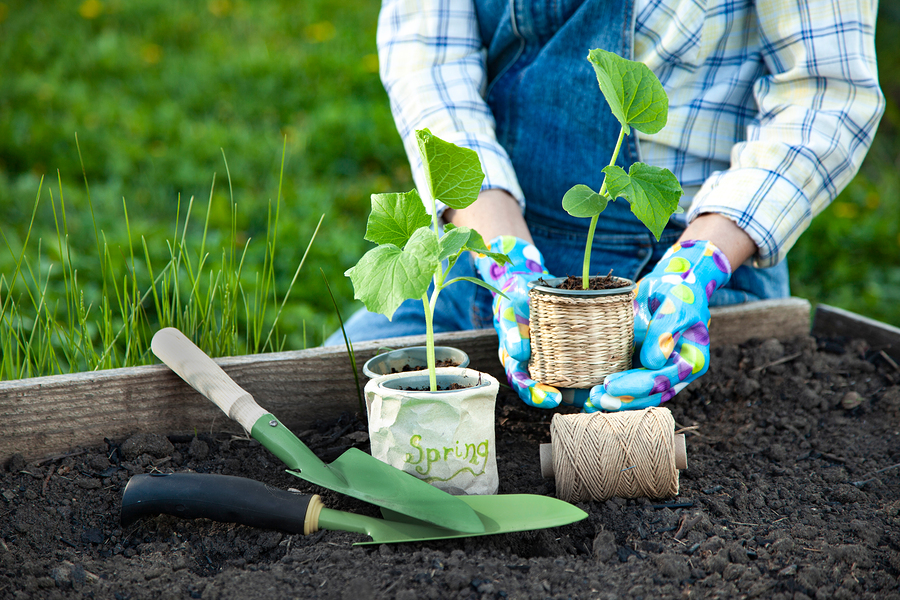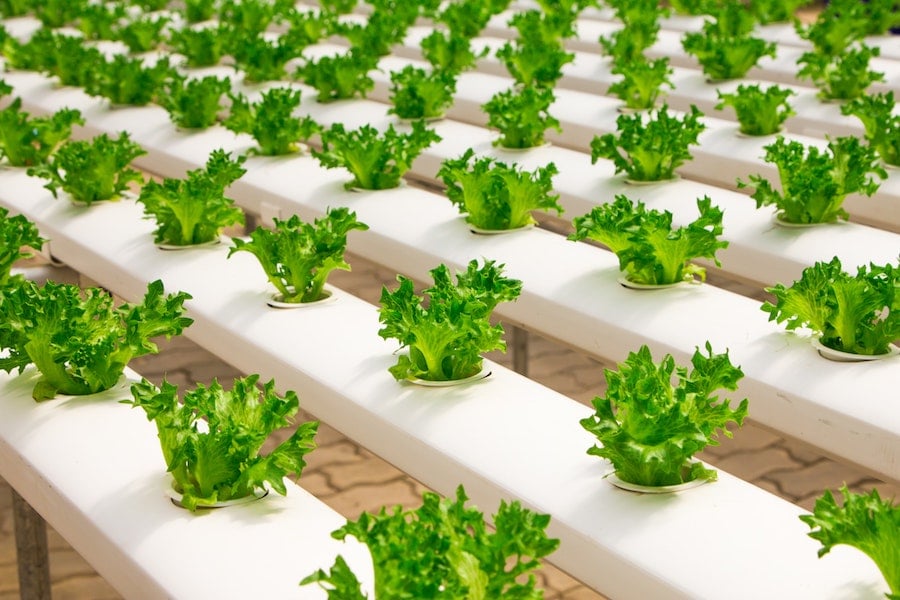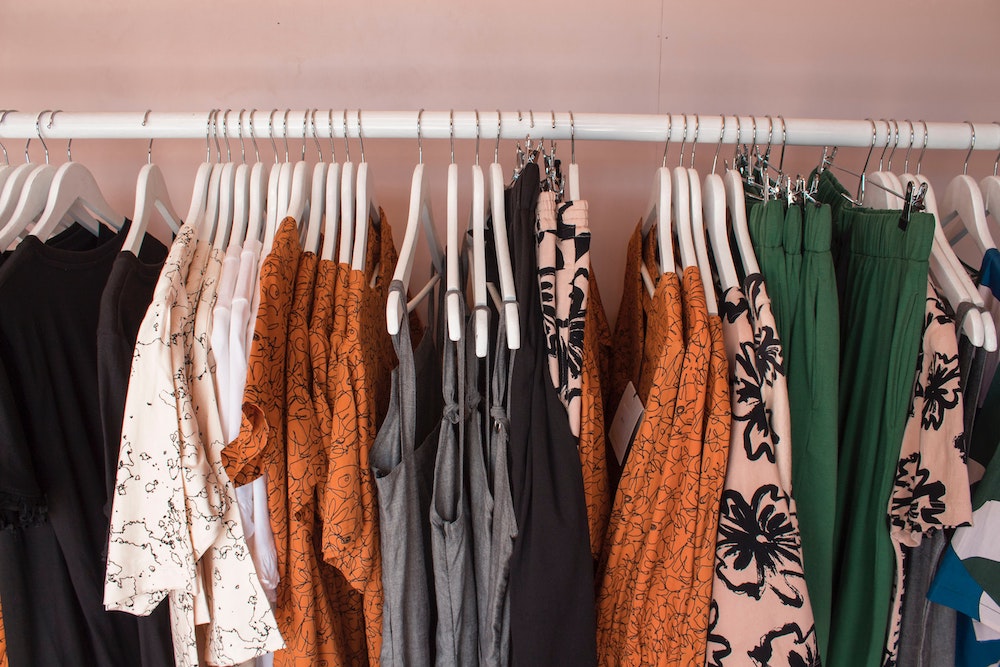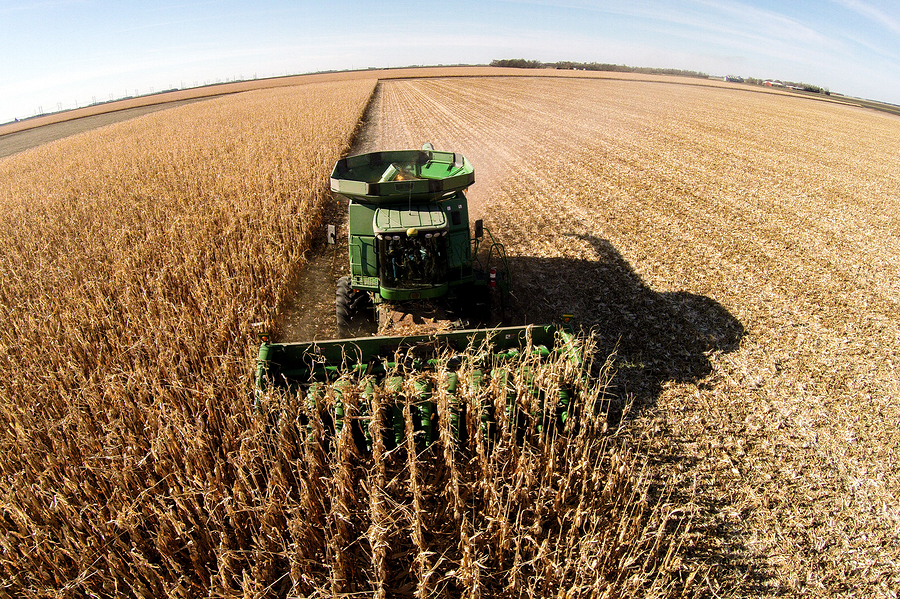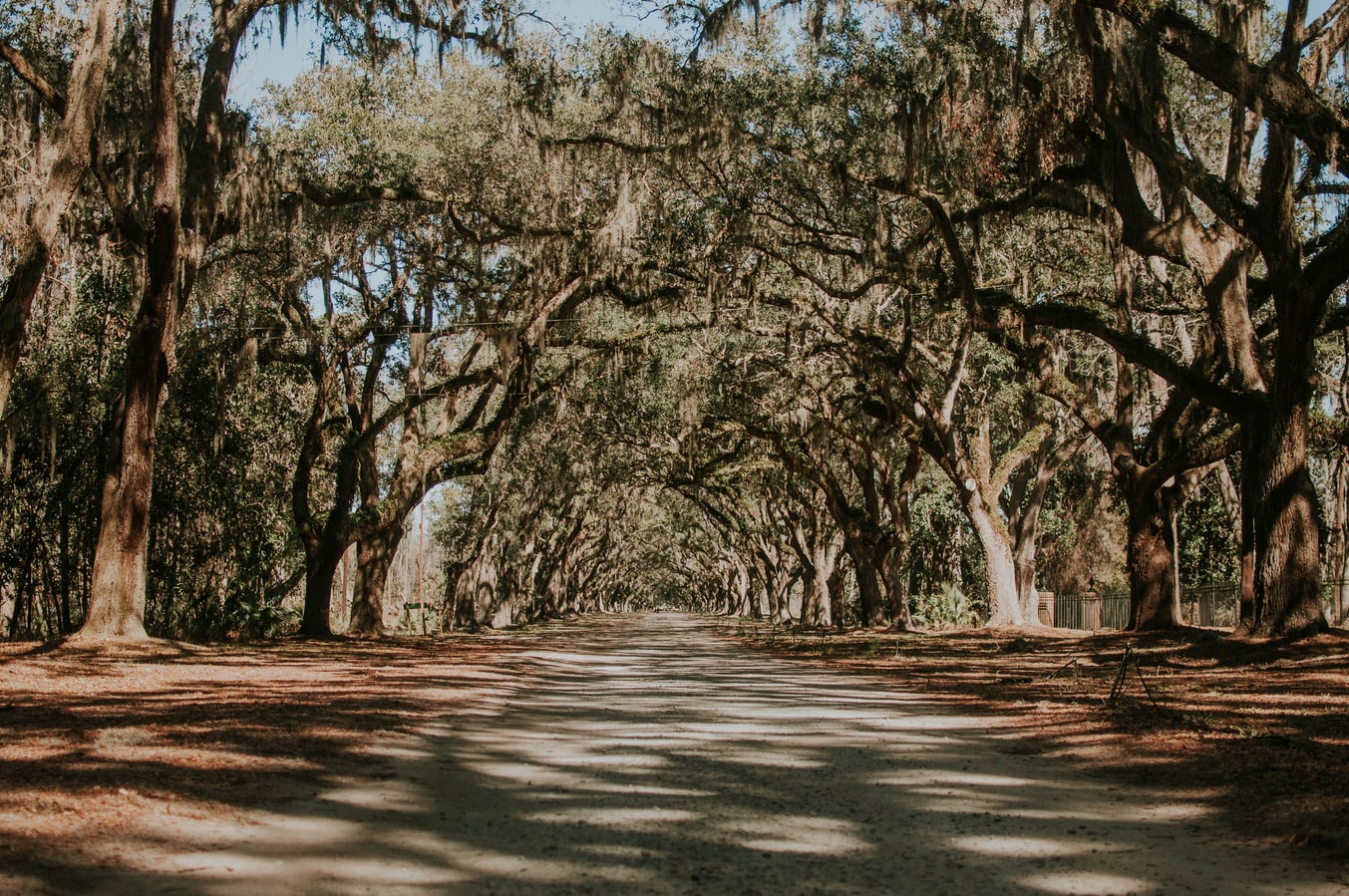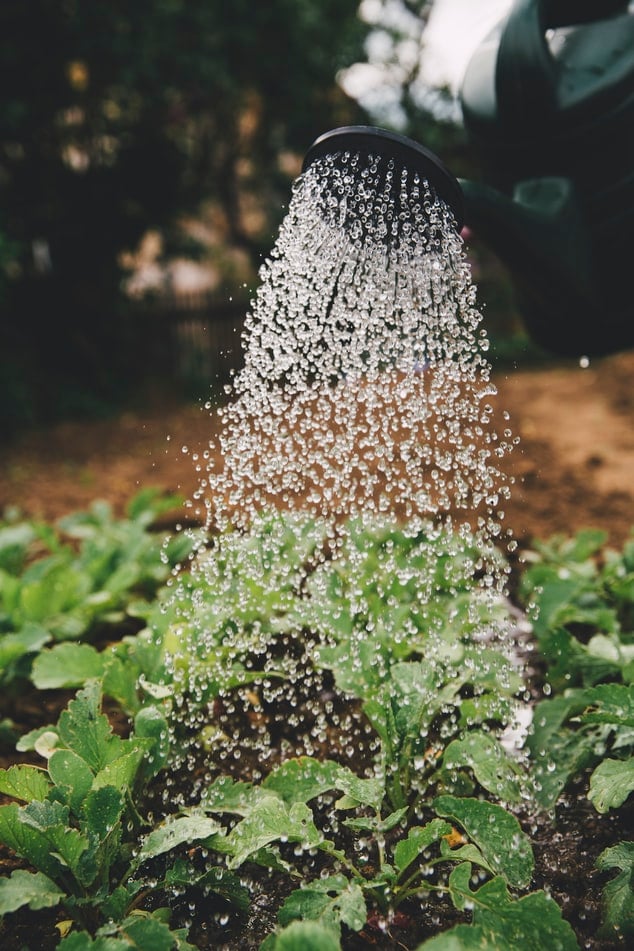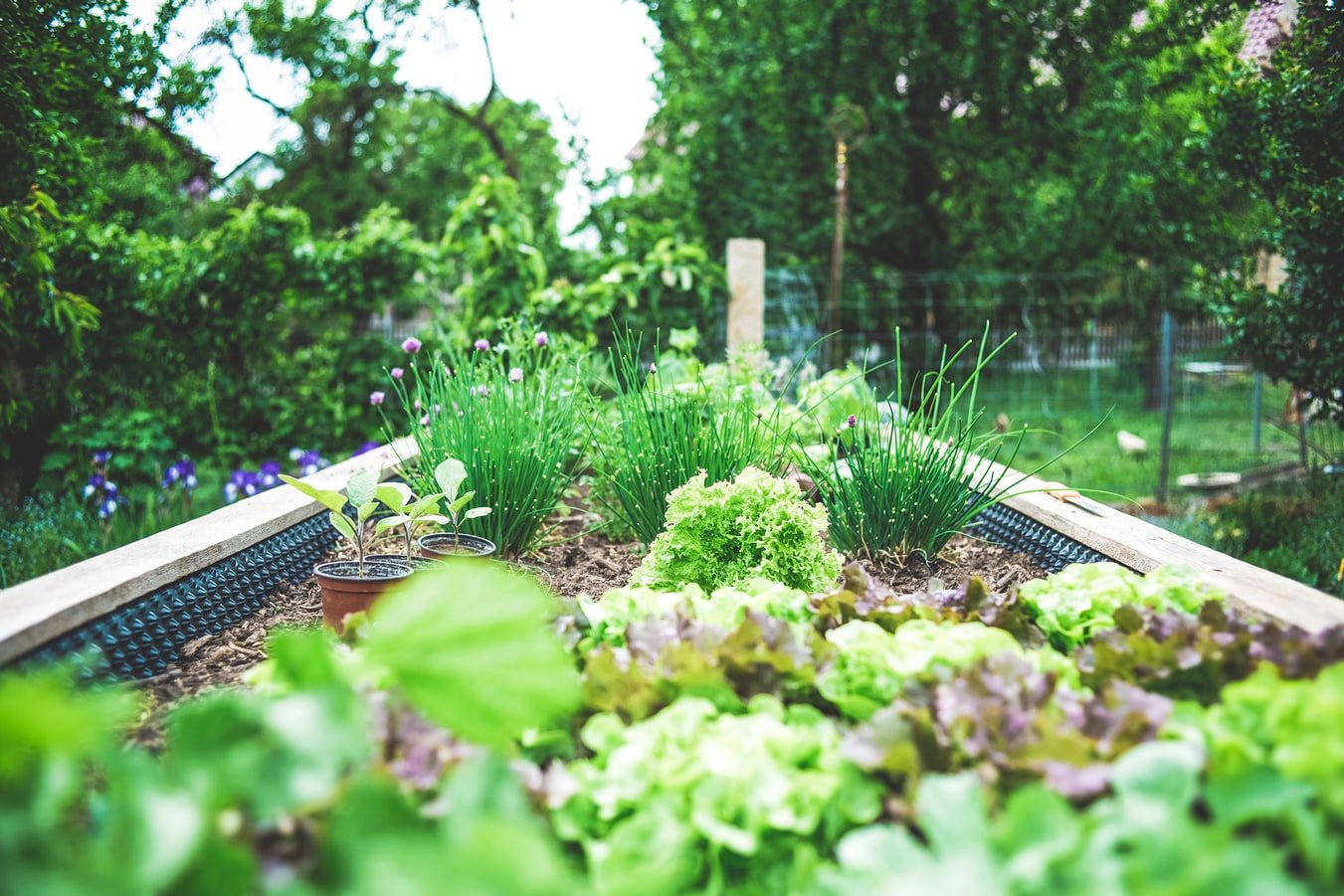Eco-friendly packaging is a relatively new frontier in the packaging industry, but it's definitely the way of the future and a way to preserve our future. Brands can benefit from being visibly sustainable and responsible, and packaging is one way to make that part of your brand's image.
Of course, switching from traditional to eco-friendly packaging is a big (and potentially expensive) change, and involves many complex decisions. Here are some of the factors that go into choosing an eco-friendly packaging solution.
Packing Efficiently
Eco-friendly packaging doesn't always mean changing to a different material. Sometimes a change in the packaging's shape can increase efficiency and make the overall product more sustainable. For example, a curved bottle that's swapped for a square one might allow more bottles to fit in a case, improving transportation efficiency.
Improved efficiency isn't always on a customer's radar, so brands may not see a boost in their image from making this change. However, in addition to being eco-friendly, it can reduce transportation costs and is an important factor to consider when making packaging choices.
Recyclable packaging
Switching to a type of plastic that can be recycled can make a product more sustainable and making it clear on the product's label can educate customers that some plastics are better than others (and encourage them to follow through with recycling the package).
Compostable packaging
A big buzzword in eco-friendly packaging is "compostable" - meaning packaging made of natural materials that can break down when properly disposed of. Compostable materials include cardboard, paper, wheat-based fibers, and even plastics made from corn.
One big challenge to compostable packaging is that most of these materials must be industrially composted - consumers can't just toss them in a backyard pile. But the availability of those larger facilities varies wildly from place to place, so a customer attracted to compostable packaging may not necessarily have a place to properly dispose of it.
Still, packaging solutions using compostable materials are growing in popularity. Some materials, like wheat fiber or cardboard, offer a unique look, while biodegradable plastics offer the familiarity of regular plastic along with much of the same functionality.
Sourcing
Consumers tend to focus on a package's end of life when considering sustainability -- can it be recycled, composted, or reused? Sometimes, however, sourcing can make equal or more of an impact than disposal. Packages made in facilities powered by renewable energy, or sourced from companies that extract raw materials responsibly, are also eco-friendly. Increasing the percentage of a package sourced from recycled materials is another key step toward increased sustainability. These practices don't always signal sustainability to consumers the way a compostable package does, but they do matter, and package copy can educate consumers about the impacts of responsible sourcing.
Consumer Tips
When buying food products, consider the packaging while also thinking about the food itself. You can find packages that are efficient, recyclable, or compostable, so that your food purchases help reduce waste rather than creating more.
There are other ways to reduce waste when food shopping--if you live near a store that sells food in bulk, you can bring reusable containers and eliminate waste altogether. Items sold in bulk often include staples like beans, seeds, nuts, dried fruit, grains, and coffee. You can also bring reusable bags for produce or when shopping at the farmers market.
Reduce wasteful packaging is the responsibility of both food producers and consumers. By educating yourself on the available packaging choices at your local store or farmers market, you can take significant steps toward more sustainable food shopping. You could also reach out to the companies that make your favorite foods and ask them to consider better packaging choices.
Your Next Step
In your everyday life, you can promote sustainability by buying from companies who practice sustainability by having compostable packaging or that use space efficiently (and even further, you can actively compost them when you’re done, or bring them to a place that can).
What do you do to promote sustainability in the products you produce or buy?


